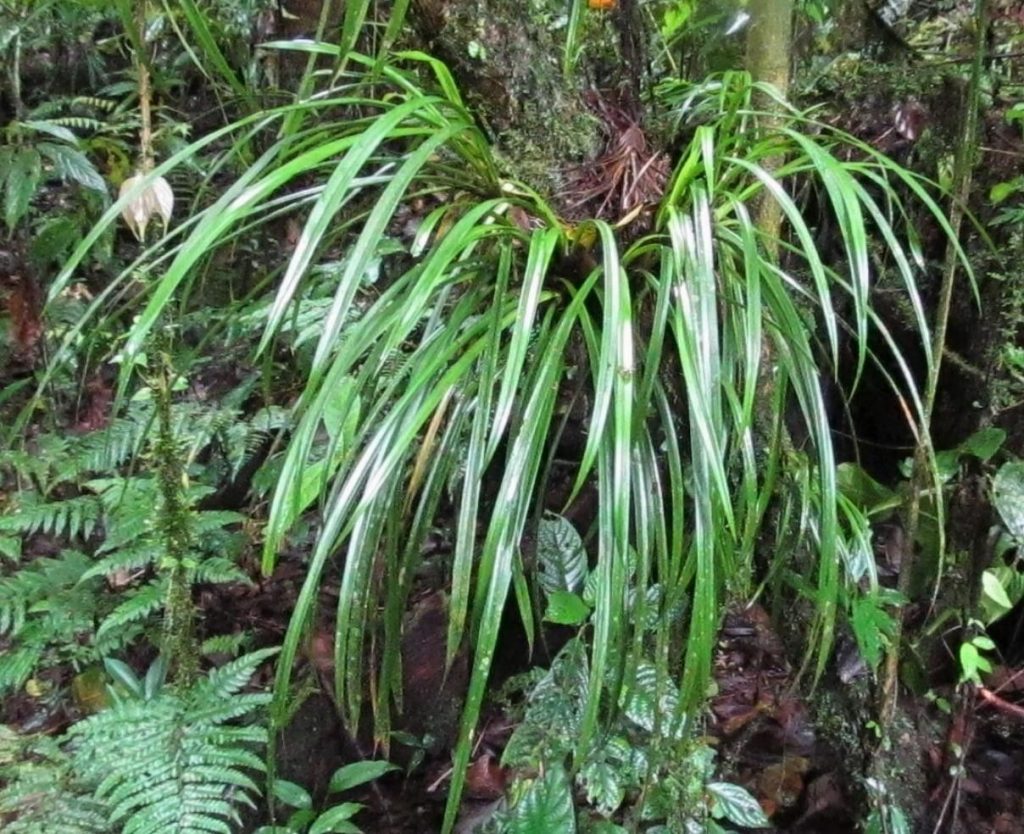Propagating Maxillaria bicallosa: A Gardener’s Guide
Introduction
Maxillaria bicallosa, also known as the "Two-Lipped Maxillaria," is a captivating orchid species prized for its delicate, often fragrant, and uniquely shaped flowers. Its blooms, typically exhibiting a creamy white or pale yellow with reddish-brown markings, are a significant draw for orchid enthusiasts. While not as widely cultivated as some other Maxillaria species, its relative rarity and unique beauty contribute to its growing popularity among orchid gardeners. Propagation, however, presents some unique challenges due to its specific growth habits and relatively slow growth rate. This article will explore various propagation methods for Maxillaria bicallosa, examining their feasibility and effectiveness.
Seed Germination:
Currently, there are no known reliable methods for seed germination propagation of Maxillaria bicallosa. Orchid seeds, including those of Maxillaria bicallosa, are dust-like and lack endosperm, requiring a symbiotic relationship with specific mycorrhizal fungi for germination. Establishing this symbiotic relationship in a controlled environment is exceptionally difficult and has not yet been successfully achieved for this particular species. Furthermore, the specific fungal partner required for Maxillaria bicallosa germination remains unknown.
Cuttings:
Cuttings are not a viable method for propagating Maxillaria bicallosa. This orchid, like many others, does not readily produce adventitious roots from stem cuttings. Attempts to root stem sections are unlikely to be successful.
Division:
Division is the most practical and successful method for propagating Maxillaria bicallosa. This involves carefully separating a mature plant into smaller divisions, each containing multiple pseudobulbs and roots.
Challenges: The major challenge lies in ensuring each division has a sufficient root system to support its growth. Forcing a division too early can weaken the parent plant and the new divisions.
Practical Tips: Divide Maxillaria bicallosa only when the plant is actively growing and has produced several pseudobulbs. Use a sharp, sterile knife to cleanly separate the divisions, ensuring each has several healthy roots and pseudobulbs. After division, pot each section in a well-draining orchid mix and maintain high humidity and consistent watering until they establish new growth.
Rewards: Division provides a rapid method of increasing the number of plants, preserving the genetic characteristics of the parent, and offering a relatively quick way to expand a collection.
Tissue Culture:
Tissue culture offers a potential method for propagating Maxillaria bicallosa, although it is a highly specialized technique requiring laboratory equipment and expertise.
Challenges: Establishing a sterile culture, selecting appropriate growth media, and optimizing hormonal balances to induce shoot proliferation and root formation requires considerable skill and resources. The specific growth requirements of Maxillaria bicallosa in a tissue culture environment are not well documented.
Practical Tips: While this section cannot be a comprehensive guide to tissue culture, success hinges on rigorous sanitation, meticulous technique, and possibly experimentation with different media formulations and hormonal cocktails.
Rewards: Tissue culture offers the potential for large-scale propagation, clonal replication (producing genetically identical plants), and disease elimination.
Conclusion:
Propagating Maxillaria bicallosa presents unique challenges. While seed germination and cuttings are currently impractical, division offers a relatively reliable method for seasoned orchid enthusiasts. Tissue culture remains a possibility but requires specialized knowledge and resources. The rewards – increasing your collection of this beautiful orchid or sharing it with fellow enthusiasts – make the effort worthwhile. The satisfaction of successfully propagating Maxillaria bicallosa, considering the inherent difficulties, is a testament to one’s dedication and skill as an orchid grower. For beginners, mastering division is a realistic starting point. Don’t be discouraged by initial setbacks – persistent effort and careful observation will eventually lead to success.
